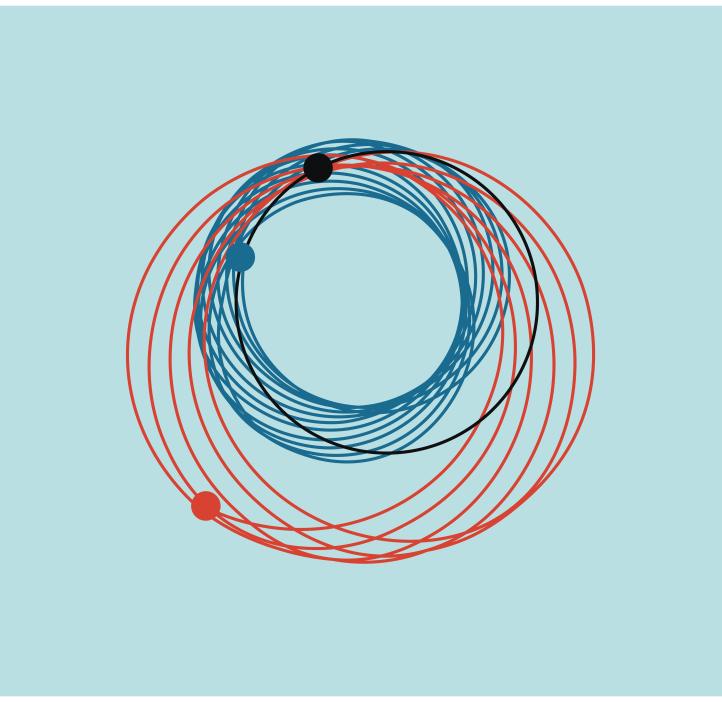Welcome to the Department of Mathematics
Mathematics is a research-active department committed to providing equitable access to quality learning and career development at all levels. We are devoted to creating and promoting knowledge in mathematics and preparing all students with mathematical literacy to succeed in today's world.




